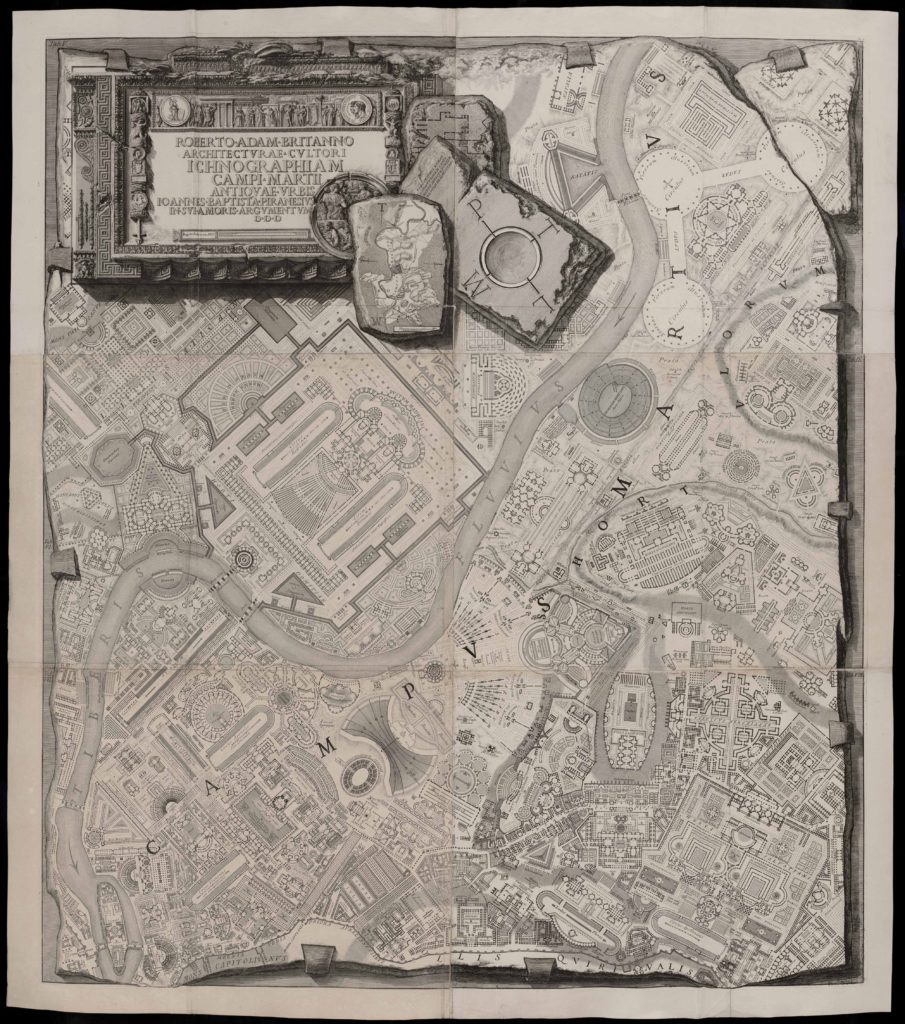There is a time in every weirdo’s life that they feel compelled to come up with a categorisation system for those strange creatures that lurk on the boundary between science, folklore and small-town tourism campaigns – cryptids! And for me that time has come today.
So gentle reader, please behold the Purple Wyrm Cryptid Categorisation system – which I must admit owes more than a touch of inspiration to Alex Flanigan of the gone but always in our hearts Cryptid Keeper podcast.
(NOTE: By default this system uses ‘boys’ as a categorisation term. Users should feel free to substitute this with whatever term – gendered or non-gendered – they prefer. Cryptozoology is a wide brontosaurus with room on its back for all!)
CLASS ONE: SHADY BOYS
Shady Boys are perfectly normal beasts seen under unusual circumstances that make them look all cool and mysterious. As an example consider the ‘lioness’ filmed lurking around Berlin back in the June of 2023 that actually turned out to be a wild boar. That boar is a very shady boy.
CLASS TWO: WEIRD BOYS
Weird Boys are perfectly normal beasts with some kind of condition or deformity that makes them look unusual or act in an unexpected fashion. The coyotes with mange that people keep trotting out as chupucabras (American subspecies) for instance, or the tailless iguana laughably claimed to be the Loveland Frogman (the Loveland Frogman is real and he is a wizard!).
CLASS THREE: LOST BOYS
Lost Boys are (again) perfectly normal beasts that have somehow ended up in places that logic dictates they shouldn’t be. The phantom kangaroos of the American midwest, or the Alien Big Cats of Great Britain for example. Vampires are not lost boys no matter what Joel Schumacher may tell you.
CLASS FOUR: OLD BOYS
Old Boys are beasts that we know used to exist, but are/were considered extinct. The poster boy for the old boy is the happy coelacanth, merrily swishing its tail at the bottom of the Indian Ocean in defiance of paleontologists everywhere. Should the various mega-cryptids of the Congo basin turn out to be real and turn out to be dinosaurs then they would be very old boys indeed.
CLASS FIVE: NEW BOYS
New Boys are beasts never before described by science. Regularly hauled across the earthquake-riven boundary between the continents of Cryptozoology (disreputable) and Zoology (respected) they are the most common class of cryptid and the only one mentionable in polite scientific company. The Vu Quang Ox (Pseudoryx nghetinhensis) of Vietnam is a fine example, only having been admitted to the halls of respectable science in 1992.
CLASS SIX: SPACE BOYS
Space Boys are life-forms from planets other than Earth. Y’know, aliens. Be they disgusting little Greys, buff blonde Nordics, sexy Venusians or the giant Liberace who descended from a UFO to perform a concert in Fyffe Alabama in 1989, they are all space boys.
CLASS SEVEN: SPOOKY BOYS
Spooky Boys are things from realms and dimensions other than ours. Ghosts, demons, machine-elves, vampires, mothmen, Indrid Cold style Men in Black, Indrid Cold himself – basically anything that defies logic and is probably best not meddled with. They are the spooky boys – although it’s probably best not to call them that to their faces (for the ones that have them…).
CLASS EIGHT: IMAGINARY BOYS
Finally we have the Imaginary Boys. These are creatures that are entirely made up for reasons of humour, profit, entertainment, fraud, or just good old-fashioned mischief. There are many classic cryptids that must sadly be placed in this category – the entire contents of Fearsome Creatures of the Lumberwoods for a start (barring some major scientific discoveries). Of course, the fact that none of these are real does not in any way detract from their value and importance. They may not be real boys, but they are all good boys!
So there we have it! Eight clear and unambiguous categories for all your cryptid classification needs. Classify nice now!


